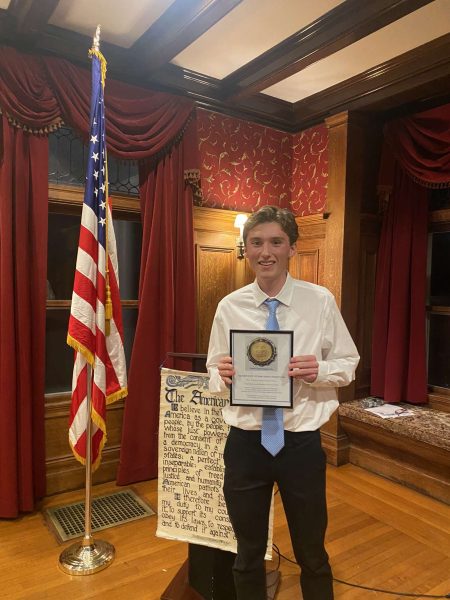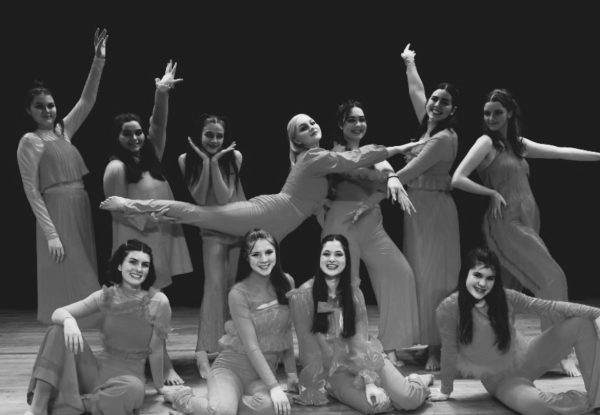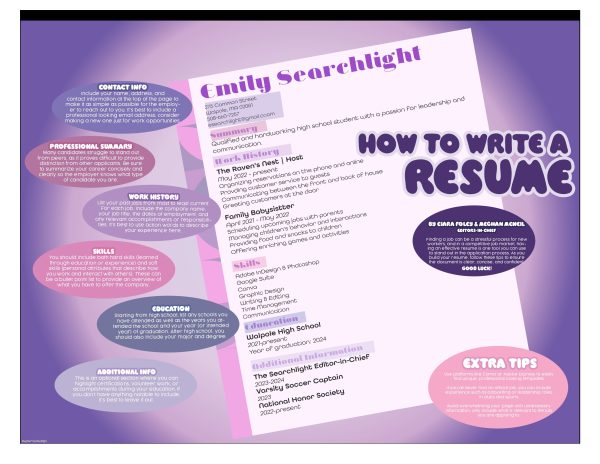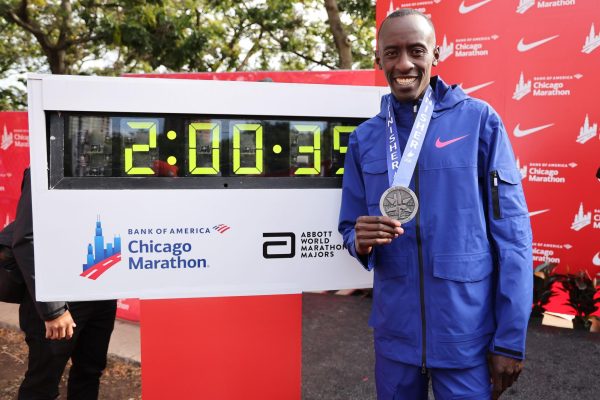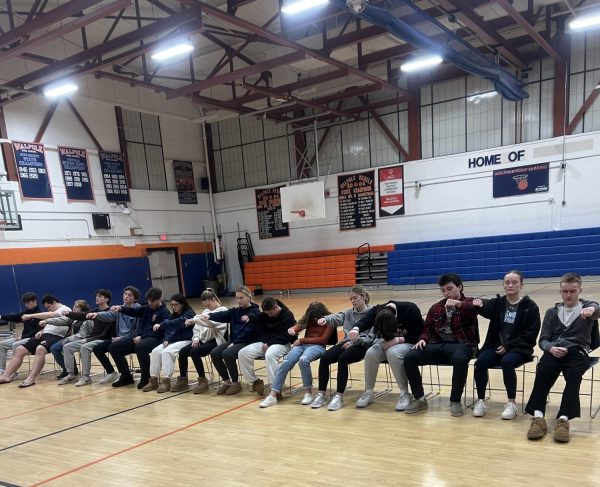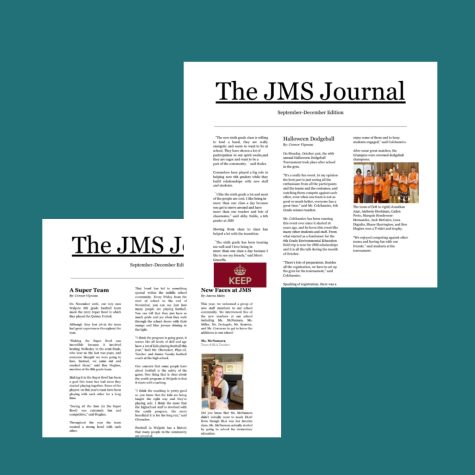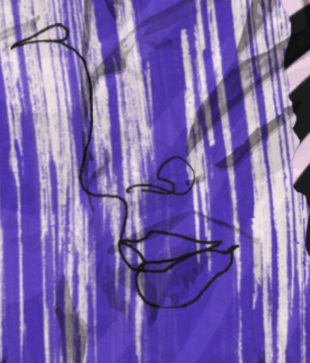Looking Back at the Emotional Effects of Online Learning
On March 13, 2020, Walpole High School closed its doors for a two week break due to the COVID-19 pandemic. However, while nearly the whole town thought it would be a brief break, the COVID-19 pandemic grew and the WHS community was unable to return to school in the spring of 2020. Finally, on September 14, 2020, the WHS student body returned to school via a hybrid schedule. The student body was divided alphabetically into cohorts: Cohort A being last names A-J and Cohort B being last names J-Z. Cohort A continued in-person, socially distant school on Mondays and Tuesdays while Cohort B learned remotely on those days and continued in person, socially distant school on Thursdays and Fridays. Wednesdays became an all remote half day. On April 5, 2021, the WHS community finally returned to in person school, five days a week with both cohorts with Wednesdays remaining a half day but in person. All interviews conducted in this article were done in February and March in 2021 before the return to full in person school.
Google Meet:
During the days where a student is online, they must log into their class via GoogleMeet. Many students find online days to be very difficult, whether they have WiFi issues or they cannot focus with all the at home distractions. Many students struggle with time management and procrastination as 59 percent of the 202 respondents to a survey conducted by The Searchlight about online learning stated that time management issues were stressful for them.
“Being remote has made me really stressed about time management because I start to procrastinate when I’m learning at home so then I leave it everything to the last minute which makes everything really stressful,” sophomore Kristyn Dentremont said.
Additionally, students struggle to participate in class via GoogleMeet: 52 percent of survey respondents stated that lack of communication in classrooms was a cause of stress for them.
“It’s harder to ask questions online because naturally the teacher’s main focus will be in person, which is completely understandable, but it just makes it harder to participate,” said senior Edwin Ryan.
The teachers were doing their best to accommodate the hybrid schedule, whether that be through recording GoogleMeets or changing activities to include the online students more. However, many students still felt participation and communication were consistent struggles in the classroom due to the discomfort that being online brought. Even with better participation and a comfortable classroom environment, there was an undeniable lack of connection (not just literally) between the two cohorts.
“It’s kind of hard to be online because if they are having a fun time in person class then you can’t really be a part of it, you feel like you’re watching TV because you can’t really participate,” junior Katie Gillis said.
GoogleMeet has features such as the ability to have your microphone and camera on or off along with breakout rooms. Breakout rooms are where the teacher divides the students into different rooms via the GoogleMeet, they join those groups and when they exit they will automatically be brought back to the larger class.
“I don’t like breakout rooms because everybody has different comfort levels so when you put three people with three different comfort levels together, it’s gonna be even more awkward than it was before,” freshman Mia Coleman said.
Not only does Google Meet present the struggle with breakout rooms, as they are helpful to teachers but can be hit-or-miss for students, many students have to decide whether to keep their camera on or off. 46 percent of our survey respondents stated that they were not comfortable with putting their camera on. Despite this, WHS does have a mandatory policy to keep your camera on.
The camera inverts on other people’s screens, so whatever you see on your GoogleMeet is not what others see. Unfortunately, enough students were worried about their looks on camera or how they look ‘inverted’ to the rest of the class instead of what they were learning.
“I’ve gotten used to it by now but it’s still weird because in a classroom they look at the back or side of my head whereas online they are booking right at my face and I feel worried about looking normal instead of focusing on what I’m learning,” junior Katie Gillis said.
Not only did students feel uncomfortable with their camera on, but they also felt uncomfortable if other people were on. Sometimes students felt the pressure that if everyone else has their camera on, they should too.
“I’d get texts last year saying ‘can you please turn your camera off’ because I was either making them look bad or making them uncomfortable,” senior Edwin Ryan said.
With greater concerns about appearances on camera, the camera on or off debate, the confusion of breakout rooms and the lack of connection between cohorts, WHS students seemed to dislike virtual learning for the most part. While online school is meant to be the best substitute for school while remaining safe, it still has its downsides just as in person does.
Mental health:
Due to isolation from quarantine, not being able to interact with the other half of the school and three days a week in online school, there is no question students may have struggled with their mental health. Mental health is a major issue in a normal high school experience and has tons of ups and downs for the average teenager. However, going through a pandemic while continuing high school naturally causes for a worsened state of mental health for many students.
“[Quarantine] has made me have all this time to myself to think about things and schoolwork and that sometimes makes me concerned about my own mental health,” Kristyn Dentremont said.
The lack of social interaction causes a feeling of isolation and loneliness in many students. While some students find their social interaction through sports and others find it through clubs, not all activities are able to run this year due to COVID-19 restrictions. Therefore, without many clubs and fewer sports, the online days were very difficult as students had limited in-person social interaction.
“We are much more isolated because spending 8 hours a day alone in a room on a computer makes me feel so lonely,” freshman Mia Coleman said.
There are proven effects of being on a screen for too long. 70 percent of our survey respondents stated that they experienced trouble concentrating due to an increase in screen time. Not only are students, if they are online, on a screen for all their classes but they also are on their phones throughout the day. This adds up to a lot of screen time for students, causing lack of productivity, lack of self-care, decreased sleep and more.
“In some respects I do lose a little bit of myself from being on a screen,” Kristyn Dentremont said.
Finally, all students are experiencing a loss of their high school experience but especially the class of 2024 and the class of 2021. While everyone has lost something, freshmen have lost many of those coming-of-age and monumental events such as their 8th grade graduation, orientation, the first day of high-school and freshman semi. Sophomore’s have missed on their freshman semi from the previous year during the first lockdown. Junior’s have lost opportunities to take the SAT early or work with tutors for extra help on standardized testing.
“Going into freshman year, I was told it was gonna be a huge social year and that was completely taken away. To be honest, I haven’t made any friends this year and it’s already March,” freshman Mia Coleman said.
Additionally, seniors have lost the majority of the classic senior events that high school students look forward to for four years. Thankfully, administration has made accommodations for many of these senior events to make them as safe yet ‘normal’ as possible.
Safety:
WHS Administration announced that the school would go back to full in-person school starting April 5. With both cohorts in the school, some of the precautions changed. The students are now three feet away, but remain six feet apart for all lunches as one cohort goes to eat in the cafeteria depending on the day.
“At first, it was like ‘I can’t believe I have to be back at school and be exposed to the virus’ but seeing all the cautions the school has taken has been a lot more helpful than i thought it was gonna be,” Kristyn Dentremont said.
When asked in February what model they would prefer for the second semester, survey respondents were split as 39% wanted to go full in-person and 38.6% wanted to remain in hybrid. The remaining 22% preferred fully online school for semester two.
“I would stick to hybrid because I feel like if I was around so many people five days a week I would be so stressed about getting sick or spreading covid and it would be a never ending spiral,” freshman Mia Coleman said.
Although many students were wary of going back full in-person, after the past couple weeks of it, students are becoming more comfortable. Students are happy about finally seeing all their classmates again and be able to have more social interaction.
“I like it better than I thought I would and it’s nice to see people I haven’t seen since last March,” Katie Gillis said.

Erin Foley, class of 2021, is the Managing Editor of The Searchlight. At Walpole High School, she captains the swim and diving team, runs spring track...




